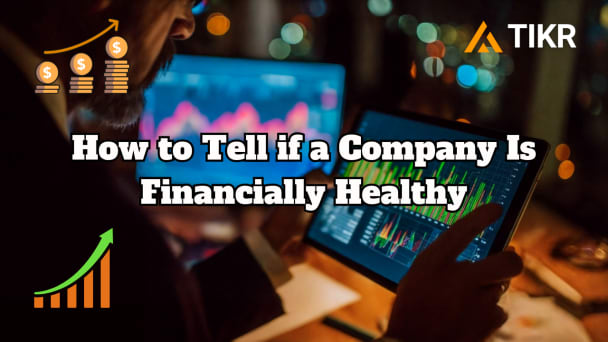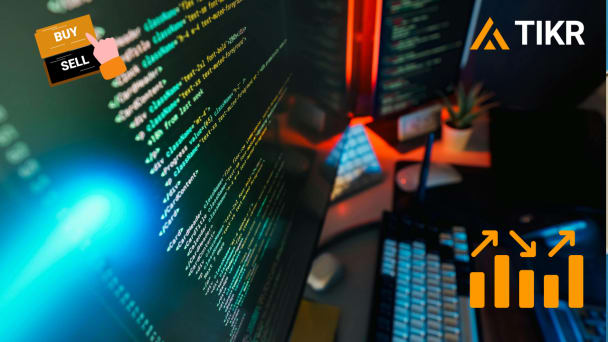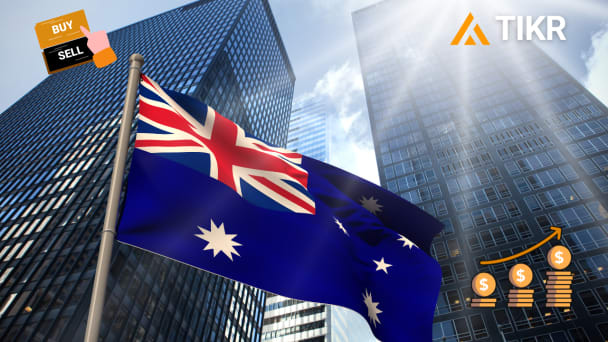Mineral Resources enters 2026 with a stronger balance sheet, improving production trends, and clearer lithium pricing visibility, giving investors a steadier foundation after a volatile stretch.
South32 is stabilizing operationally and leaning into a multi-year transition toward higher-quality, energy-transition commodities, but the question for 2026 is whether improving production, stronger pricing, and strategic portfolio moves can translate into a sustained recovery in the stock.
CSL is reshaping its structure, cost base, and strategic priorities in a multi-year plan aimed at restoring earnings power and rebuilding long-term confidence.
SEEK is navigating a slow hiring cycle while building monetization and product foundations that could drive meaningful upside once employment trends stabilize.
Suncorp’s stock has struggled through 2025, but the company’s mix of insurance trends, claims inflation, capital strength, and regulatory developments will decide whether the next leg is stabilisation or further volatility.
IGO’s stronger operations, improving cash position, and ongoing exposure to volatile battery-metal markets set the stage for a pivotal 2026 as investors look for signs that the next demand cycle is beginning to stabilize.
Origin Energy’s steady retail performance, stable balance sheet, and early transition investments give investors a clearer view of where the business stands as Australia’s energy market restructures.
Westpac delivered stable earnings, a strong capital position, and improving credit quality, but the path to higher returns still depends on cost control and a cleaner run-rate in 2026.
Good dividend investing starts with clear rules. This guide explains how to use TIKR’s Screener and dividend tiles to find stocks with income, safety, and room to grow.
Most free valuation calculators offer quick answers, but TIKR shows you how to build valuations that hold up when the real world gets messy.
Origin Energy’s steady retail performance, stable balance sheet, and early transition investments give investors a clearer view of where the business stands as Australia’s energy market restructures.
Coles enters FY26 with volume strength, digital momentum, and clearer cost visibility, offering a more stable foundation after a year of mixed earnings.
Telstra delivered steady FY25 earnings with firm cost control and improved cash generation, giving investors a clearer view of where the company stands heading into 2026.
Tracking hedge fund moves becomes clearer with TIKR, which organizes ownership trends and position changes so you can spot real signals, not noise.
TIKR’s Events Calendar gives you a simple way to stay ahead of earnings, investor days, and guidance updates by putting every market-moving event in one clear view.
Some of the market’s best opportunities appear long before they hit the headlines. The secret? Watching where hedge funds quietly start building positions, and spotting those moves before everyone else does.
Tracking insider and institutional moves gives you a clearer read on real confidence inside a company, and TIKR makes those signals easy to spot in seconds.
TIKR’s Financials tab gives beginners a simple way to judge a company’s real strength by showing multi-year trends in revenue, margins, debt, and cash flow all in one place.
Qantas enters 2026 with steadier demand, early cost improvements, and a clearer fleet strategy, and the next few quarters will show whether this reset can build into a more durable earnings base.
Xero’s growth, margin improvement, and platform strength offer a clearer foundation than the stock’s recent volatility suggests.
Woolworths is working through a reset year marked by reinvestment, margin pressure, and improving cash flow as the company positions itself for smoother execution in 2026.
Woodside Energy offers stable cash generation and long-term LNG exposure, but the next few quarters will determine whether execution and project delivery can support a stronger recovery.
BHP’s strong operational performance and disciplined project execution led to record copper and iron ore production and supported a confident full-year outlook.
National Australia Bank demonstrated strong momentum and margin expansion, fueled by digital growth and effective capital markets connectivity.
Wesfarmers delivered stable revenue and an increase in underlying earnings, supported by resilient trading across its diverse retail portfolio.
CIBC demonstrated strong momentum and margin expansion, fueled by digital growth and effective Capital Markets connectivity.
Hargreaves Lansdown delivered significant net new business and stable margins, powered by strategic investment and insulation from market volatility.
Rio Tinto delivered resilient financials and a significant production uplift in H1, supported by portfolio diversification and strong project execution across Copper and Aluminium.



























